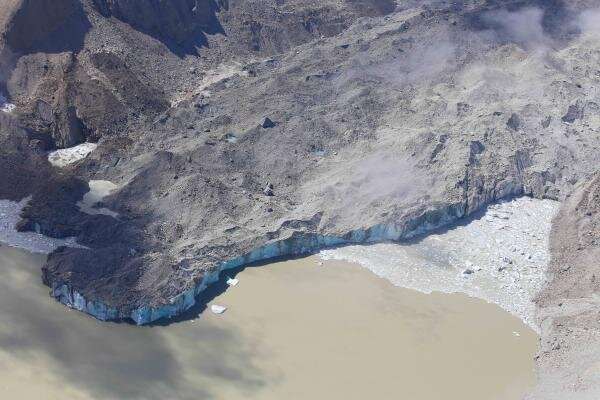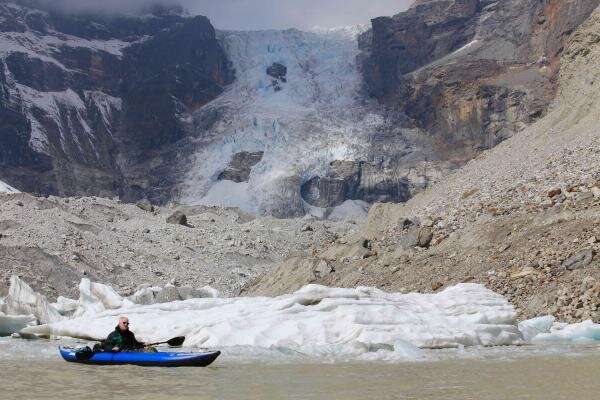Climate change and melting glaciers have widely varied impacts on Asian water supplies

Climate change is causing mountain snow to melt more rapidly and glaciers to shrink, but this is making a widely varied impact on water supplies in Asia, a new paper by PSI Senior Scientist Jeffrey Kargel says.
These effects are altering the water supplies of more than 1 billion people who depend on rivers that have their headwaters in the Himalayan and Karakoram mountain ranges, according to the new paper "Glacio-hydrology of the Himalaya-Karakoram" that appears today in Science on which Kargel is a co-author. Mohd. Farooq Azam of the Indian Institute of Technology Indore is lead author.
"The new work is the most thorough review ever of the region's glacier-fed rivers. Our research team gathered the results of nearly 250 scholarly papers to arrive at a more accurate understanding—something approaching a consensus—of the links between climatic warming, precipitation change, glacier shrinkage, and river flow," Kargel said.
"More than 1 billion people derive some of their water from melting glaciers in the Himalaya and Karakoram mountains, and so the population will be affected when much of the glacier ice mass melts throughout this century and gradually stops supplying an important amount of water. Region-wide, the total impact on each year's water supplies varies," Azam said. "Glacier meltwater, and therefore climate change impacts on glaciers, are crucial in the Indus basin. The Ganges and Brahmaputra basins are more dominated by monsoonal rains, so the really big climate change story there is how it affects the monsoons."

"Himalayan and Karakoram mountain glaciers are the main story with part of the region's annual water supplies, particularly that in very high elevation mountain valleys and villages near the glaciers. At more distant points, elevations are lower and glaciers have a reduced importance as a source of annual water supplies compared to rainfall and melting mountain snow," Kargel said. "However, in some of the lower valleys during the driest seasons in the drier parts of the region, glacier outflows are still dominant, and people's livelihoods and ability to live there depend on glaciers. This affects millions of people."
The team's work builds a stronger consensus about the important roles of glaciers in regulating river flows in the region and how the shifting climate is affecting those flows. Important gaps in knowledge remain wide and must be filled in coming years. Kargel highlights a few of the gap questions, "How does snowfall and glacier health vary between river valleys? How thick are the glaciers and how long will they survive in an era of accelerated melting? Why are some glaciers advancing even when most of them are shrinking? The geographic variations in glacier health are substantial, and this means that one size does not fit all when projecting the future changes."
Climate change, however, is not only melting glaciers but is having a broad and deep impact on the overall hydrology from the mountains down to the river deltas. Umesh Haritashya of the University of Dayton, a co-author on the paper and a co-investigator of a NASA-funded project with Kargel, said, "Climate change is altering rainfall amounts and distribution. Changes in the runoff pattern from both rain and glacier melting is expected to increase incidents of extreme runoff and resultant flash floods, landslides, and debris flows."
Some aspects of global warming like the impacts on snow, glaciers, and water supplies are in the hands of the region's people and their leaders, Kargel said: "Asia now dominates the world's greenhouse gas emissions. Furthermore, smog and soot are thought to be almost as important in causing accelerated melting of Himalayan glaciers as greenhouse gas-driven global warming, according to other studies. If the regional economies could control air pollution, this could bring that part of the glacier shrinkage problem under control. This is a topic of ongoing scientific study by the scientific community."
More information: Mohd. Farooq Azam et al, Glaciohydrology of the Himalaya-Karakoram, Science (2021). DOI: 10.1126/science.abf3668
Journal information: Science
Provided by Planetary Science Institute





















